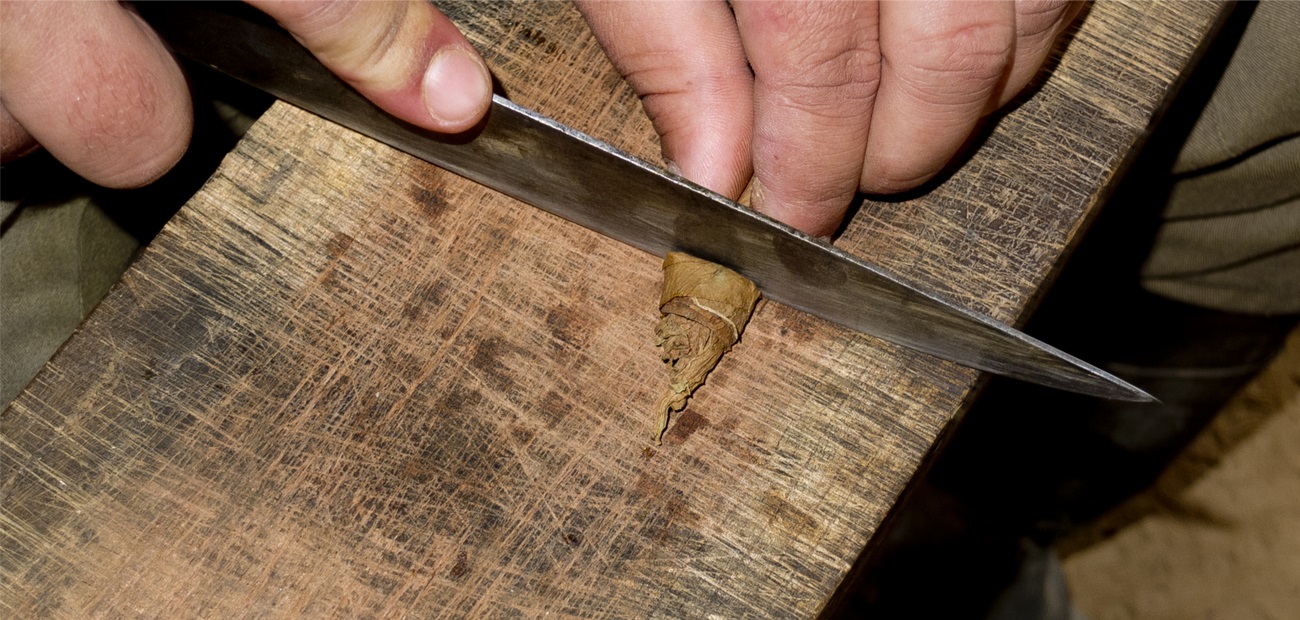

#No two ways to slice it plus
(A word of caution: when adding, you must combine units of the same kind: five dollars plus three cats does not make eight of anything in particular.) This independence of the results from whatever is being counted leads to the abstract operation called addition. Five apples plus three apples makes eight apples five cats plus three cats makes eight cats five dollars plus three dollars makes eight dollars. Although counting is usually done with some particular kind of things (apples or cats or dollars), arithmetic can be independent of the things counted.

It is important to take note that, although the whole numbers with their operations are very familiar, they are already abstract. How many cookies do I have?) The whole numbers, with the two operations of addition and multiplication, form the whole number system, the most basic number system. (I have 10 boxes of cookies, with 12 cookies in each box. How many apples do we have together?) Multiplication provides a further shortcut when children want to add many copies of the same number. (I have five apples, and Dave has three apples. When children join two collections, instead of recounting all the objects in the combined set, they add the numbers of objects in each of the original sets. They also need zero to say that there is not any of some type of thing. Children can find out how many objects are in a collection by counting them: one, two, three, four, five. One of the starting points of arithmetic is counting. Some ideas of arithmetic are fairly subtle and cause problems for students, so it is useful to have a viewpoint from which the connections between ideas can be surveyed.

This approach was an important mathematical discovery in the late nineteenth and early twentieth centuries. Thinking in terms of number systems helps one clarify the basic ideas involved in arithmetic. The main number systems of arithmetic are (a) the whole numbers, (b) the integers (i.e., the positive whole numbers, their negative counterparts, and zero), and (c) the rational numbers-positive and negative ratios of whole numbers, except for those ratios of a whole number and zero. A number system is a collection of numbers, together with some operations (which, for purposes of this discussion, will always be addition and multiplication), that combine pairs of numbers in the collection to make other numbers in the same collection. This view leads to the idea of a number system. Rather than take numbers a pair at a time and worry in detail about the mechanics of adding them or multiplying them, they like to think about whole classes of numbers at once and about the properties of addition (or of multiplication) as a way of combining pairs of numbers in the class. Mathematicians like to take a bird’s-eye view of the process of developing an understanding of number. Another theme in school mathematics is measurement, which forms a bridge between number and geometry. Children expend considerable effort learning to calculate with these less intuitive kinds of numbers. Later, other numbers are introduced: negative numbers and rational numbers (fractions and mixed numbers, including finite decimals). 1 The child’s focus is on counting and on calculating- adding and subtracting, multiplying and dividing. That versatility helps explain why number is so fundamental in describing the world.Īt first, school arithmetic is mostly concerned with the whole numbers: 0, 1, 2, 3, and so on. Although normally taken for granted, it is remarkable that seven, or any number, can be used in so many ways. Even within measures, some are represented as ratios (seven pounds per square inch, seven percent alcohol) and others as simple units (seven miles, seven liters). How can an idea with one name be used in so many different ways, denoting such various senses of quantity? Consider how different a measure of time (seven years) is from one of temperature (seven degrees), how different a measure of length (seven meters) is from a count (seven children), and how different either of these is from a position (finishing seventh or being in seventh grade). What is seven? Seven children seven ideas seven times in a row seventh grade a lucky roll in dice seven yards of cotton seven stories high seven miles from here seven acres of land seven degrees of incline seven degrees below zero seven grams of gold seven pounds per square inch seven years old finishing seventh seven thousand dollars of debt seven percent alcohol Engine No.


 0 kommentar(er)
0 kommentar(er)
